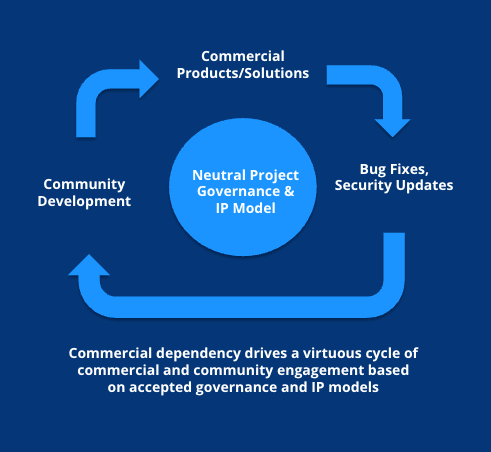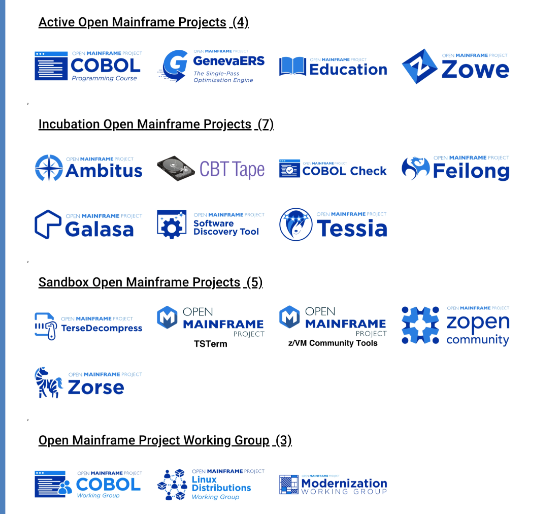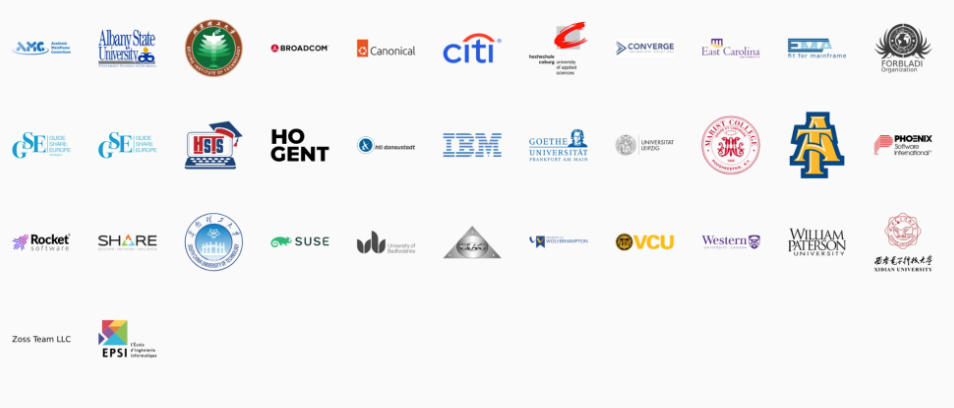Written by Steven Dickens, CEO and Principal Analyst at HyperFRAME Research
The Open Mainframe Project emerged from a critical juncture in mainframe computing, born from the urgent need to intertwine open-source principles with the inherent stability and power of mainframe architecture. Established under the Linux Foundation in 2015, Open Mainframe Project was a bold, collaborative undertaking designed to champion the adoption and development of Linux and open source software within mainframe environments. This strategic pivot was fueled by the escalating demand to modernize mainframe systems, enabling them to seamlessly integrate with cutting-edge technologies such as cloud computing, big data analytics, and artificial intelligence, all while harnessing the mainframe’s unparalleled security, scalability, and performance. The project’s core mission was to bridge the historical chasm between traditional mainframe users and the dynamic open-source community. This ensured mainframes remained not just relevant, but indispensable, in an era increasingly defined by distributed systems and agile DevOps practices. By creating a central hub for collaboration, Open Mainframe Project aimed to accelerate innovation, drive down operational costs, and attract a new generation of talent to the mainframe ecosystem, an arena that had long been perceived as proprietary and often inaccessible.
A Landmark Unveiling at LinuxCon North America
The official announcement of the Open Mainframe Project on August 17, 2015, at LinuxCon North America in Seattle, Washington, marked a pivotal moment in the history of open source. This timing was meticulously chosen to coincide with IBM’s launch of LinuxONE, a groundbreaking portfolio of mainframe hardware and software specifically optimized for Linux workloads. LinuxCon, a premier gathering of Linux enthusiasts, developers, and industry leaders, provided an ideal stage for unveiling these synergistic initiatives. The event underscored the powerful interplay between open-source software and enterprise-grade hardware. The Open Mainframe Project launch was positioned as a community-driven endeavor, emphasizing collaborative contributions from a diverse array of stakeholders: hardware vendors, software providers, academic institutions, and end-users. This inclusive, collaborative model was designed to democratize mainframe technology, making it more approachable for startups, universities, and individual developers who might otherwise be deterred by the perceived complexity and high costs traditionally associated with mainframe systems.
 Forging the Foundation: The Founding Membership
Forging the Foundation: The Founding Membership
Central to the Open Mainframe’s successful inception was the formation of its founding membership, comprising 14 original members united by a shared commitment to advancing open source on mainframes. This influential group included industry titans such as IBM, which took the lead in spearheading the initiative. Also on board were prominent software vendors like BMC Software, CA Technologies (now part of Broadcom), Compuware, and SUSE. The coalition extended to include vital service providers and consultants, such as RSM Partners, Vicom Infinity, and influential enterprise users like ADP. Crucially, academic institutions played a significant role, with Marist College and the University of Bedfordshire contributing invaluable expertise in education and research.
This diverse coalition, encompassing technology providers, customers, and educators, ensured a comprehensive and multifaceted perspective on mainframe innovation. The founding members collectively pledged substantial resources, including crucial code contributions, financial backing, and specialized expertise, to cultivate a robust ecosystem that would support critical projects spanning DevOps tools, security enhancements, and application modernization. Their collective involvement was instrumental in establishing the project’s governance structure under the Linux Foundation, complete with a Technical Advisory Council to guide technical directions and a Governing Board for strategic decision-making.
An Enduring Legacy
The origins of the Open Mainframe Project represent a profound strategic paradigm shift within the mainframe industry, moving away from a historically closed, proprietary model toward a more open, community-driven approach. The project effectively leveraged the established success of Linux, which had been running on mainframes for over two decades, to address contemporary challenges such as digital transformation and the critical talent gap. The Seattle launch, coupled with the introduction of LinuxONE, signaled IBM’s deep investment in this visionary future, committing significant developer talent and resources to ensure mainframes could seamlessly integrate with modern open source stacks. The 14 founding members provided the essential foundational support, bringing diverse expertise to collaboratively tackle pressing issues like interoperability and education.
In the years following its inception, the Open Mainframe Project has experienced remarkable growth becoming home to influential projects like Zowe for z/OS modernization and pioneering COBOL Programming Courses aimed at upskilling developers. The initial anomaly detection code donation by IBM set a powerful precedent for open contributions, inspiring other vendors to share intellectual property and foster a culture of innovation. Today, the project continues to thrive with more than 21 sub-projects and working groups, boasting expanded membership and spearheading new initiatives in AI and cloud-native mainframing, unequivocally proving that its origins in 2015 laid a robust and enduring foundation for continued relevance in the ever-evolving landscape of computing.
Staying Relevant
The Open Mainframe Project changed how the industry thinks about mainframes. By moving away from closed, proprietary models, the project opened the door to collaboration, new tools, and modern talent.
As the Open Mainframe Project celebrates its 10th birthday, it’s clear that what began as a bold experiment has grown into a thriving ecosystem powered by collaboration, innovation, and the spirit of open source. With almost 40 member organizations and more contributors, projects, and community members joining every year, the momentum is stronger than ever. The future of the mainframe is open, and together we’re building the next decade of progress, resilience, and possibility.
Learn more about the Open Mainframe Project, see current projects, and find out how you can get involved at openmainframeproject.org.
Keep up to date with Open Mainframe Project:
-
- Connect with our LinkedIn page
- Sign up to get our quarterly newsletter
- Subscribe to our Youtube Channel
- Bookmark our Flickr channel
- Follow us on X at @Openmfproject

